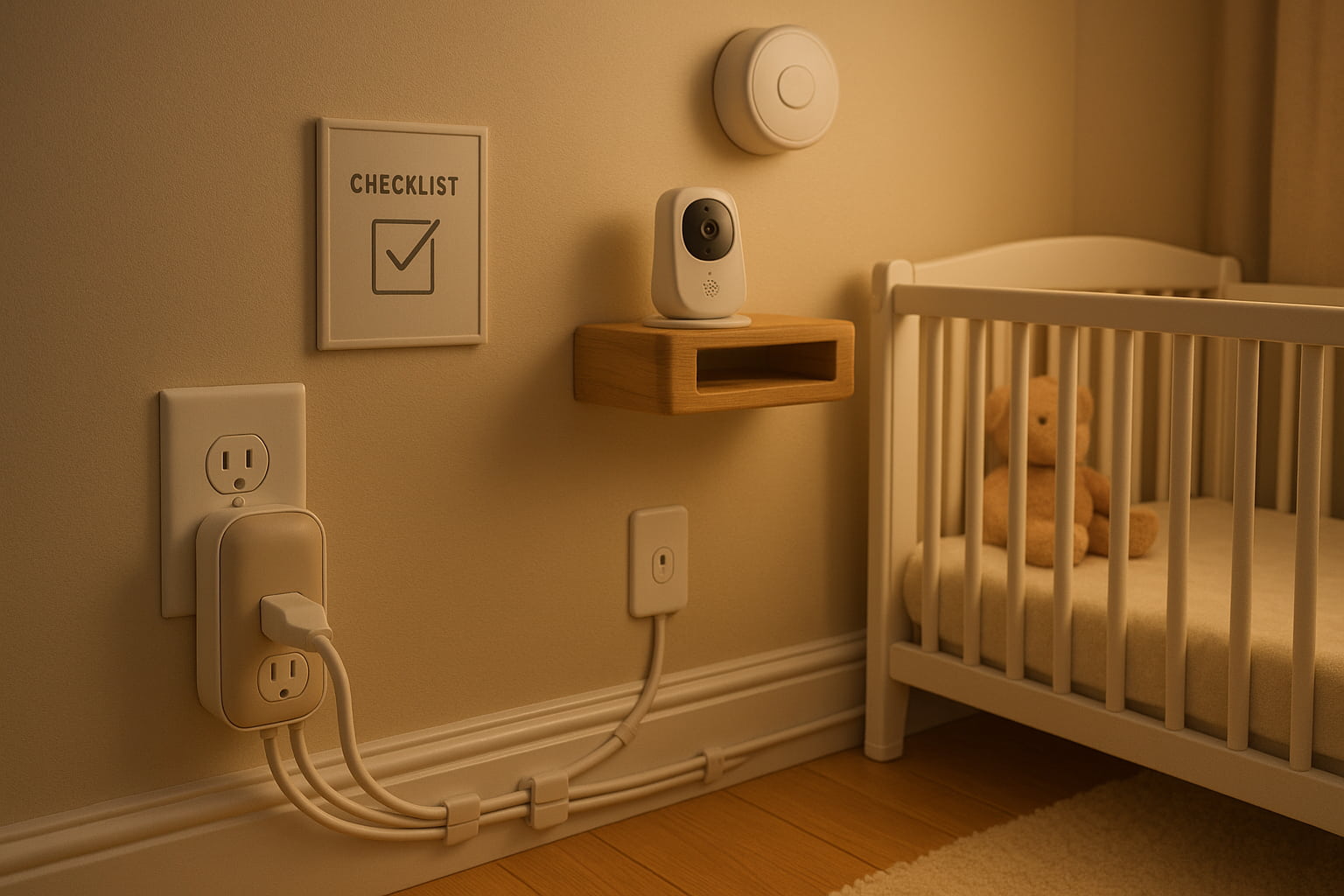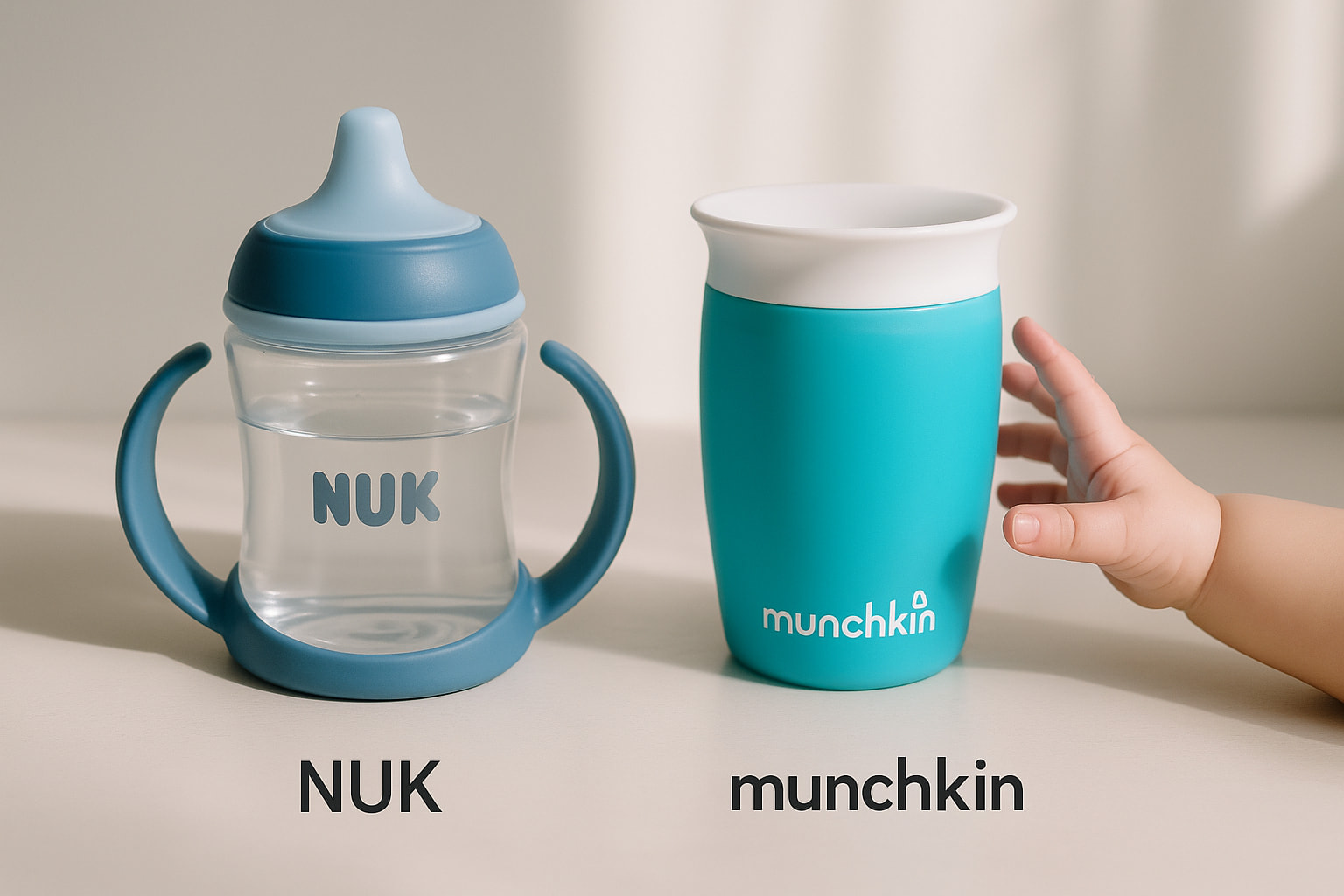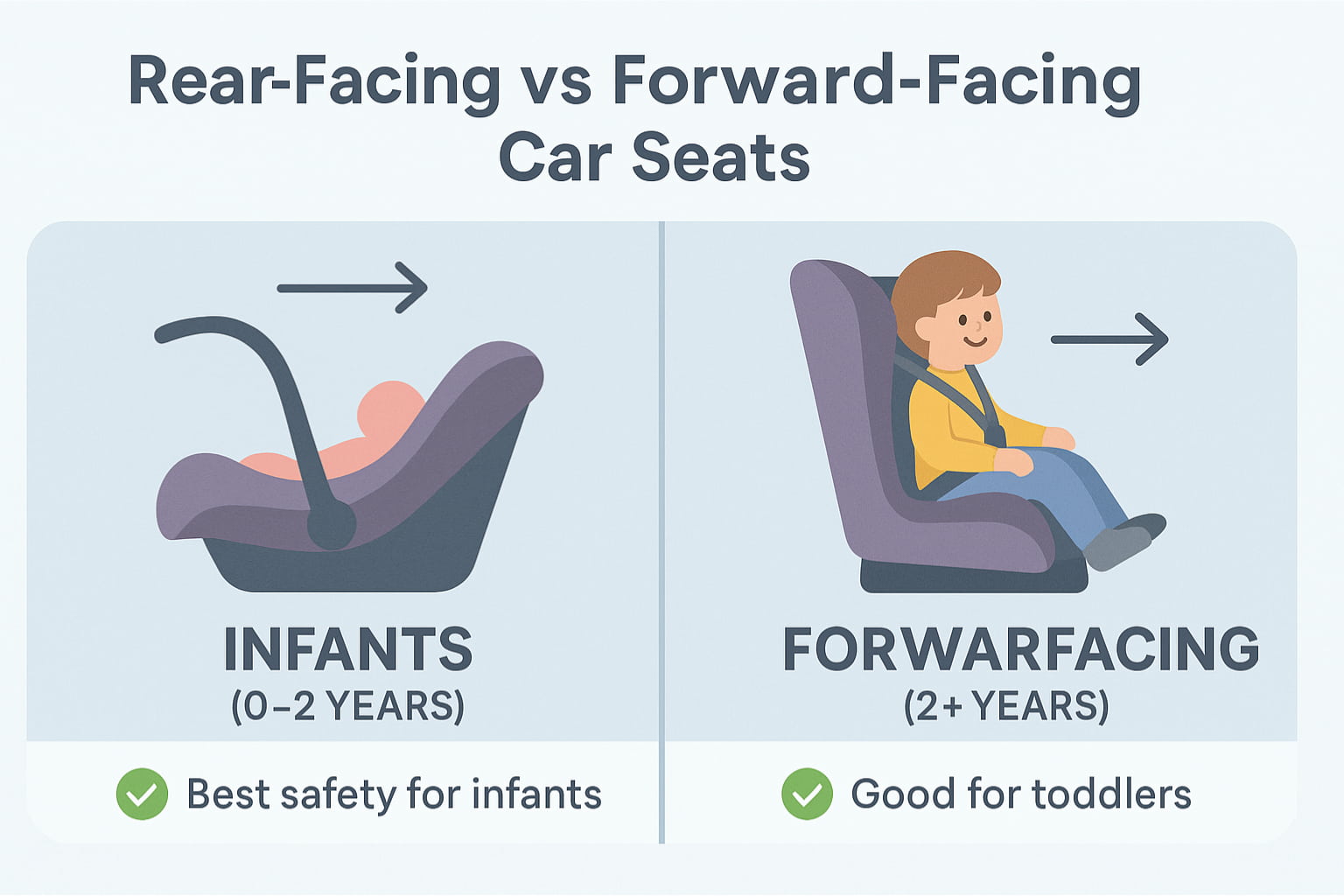Why Knowing the Difference Matters
When I first introduced solids to my baby, I panicked at every cough and gag. Sound familiar? You’re not alone.😳
Understanding the difference between choking vs gagging baby is one of the most important things new parents can learn. Gagging can be totally normal, even healthy. Choking? That’s an emergency.
But how do you tell the difference when it’s happening right in front of you?
I’ve broken down the key signs, expert advice, and quick-response tips to help you feel more confident and calm during mealtimes.
Before we get into the detailed signs, here’s a quick comparison:
What Is Normal Gagging in Babies?

Gagging is actually a good thing, crazy, right?
It’s your baby’s natural safety reflex that prevents choking. When food (or anything else) touches the back of their tongue or throat too early, their body instinctively gags to push it out before it becomes dangerous.
✅ Normal Gagging Looks Like:
🧠 Fun Fact:
Babies have a stronger gag reflex than adults, and it’s located closer to the front of the mouth when they’re younger (Source). This reflex actually moves further back as they grow!
What Is Choking in Babies?
Choking happens when something completely or partially blocks your baby’s airway, making it hard (or impossible) for them to breathe (Source).
🚨 If You See: Choking Is an Emergency
Silence (no coughing or gagging sounds)
Worried this might be a rare issue? You’d be surprised how many parents overlook choking risks until it’s too late. Here’s why choking remains the #1 hidden danger for babies
Quick Chart: Baby Gagging vs Baby Choking
| Feature | Gagging | Choking |
| Noises | Loud coughing/gagging sounds | Silent or weak sounds |
| Color | Red face (normal) | Blue or purple face (danger!) |
| Breathing | Can still breathe | Breathing is blocked or very difficult |
| Reaction | Baby may look startled, but manages it | Baby appears panicked, helpless, and silent |
| Parental Action | Monitor closely | Immediate first aid and emergency help |
Why Gagging Happens (and When to Worry)
Gagging usually happens when babies are:
However:
If gagging turns silent, persistent, or your baby looks distressed, treat it like a potential choking situation.
Choosing a pacifier isn’t just about soothing, it’s about safety, too. Some designs are much better at preventing gagging or accidental blockage. Explore the safest pacifier options for your little one.
How to Handle Your Baby’s Gagging
✅ Stay Calm. Babies take emotional cues from you.
✅ Let them try to clear it themselves. Coughing or choking loudly shows that air is moving.
✅ After they recover, give them tiny sips of water.
✅ If you usually gag, change the size or texture of your food.
⚡ Don’t:
- Stick your fingers in their mouth (can push the obstruction deeper)
- Panic and grab them unless absolutely necessary
How to Handle a Choking Baby

If you suspect true choking:
👩⚕️ Want to be better prepared?
Take a certified infant CPR class or check out our quick reference guide here:
Do you know what to do if your baby starts choking right now? It’s scary to think about, but preparation could save a life. Learn CPR steps tailored for baby choking emergencies.
FAQs About Baby Gagging and Choking
❓ Should I worry if my baby gags when starting solids?
No, occasional gagging is completely normal. It’s part of their learning curve.
❓ When is gagging NOT normal?
If gagging is silent, persistent, or leads to blue lips, treat it as a medical emergency.
❓ How can I prevent choking when feeding my baby?
Cut food into tiny pieces, avoid high-risk foods, and supervise closely during meals.
Starting solids? Not all baby spoons are created equal when it comes to safety. Compare the safest baby spoons for preventing choking.
Conclusion: Know the Signs, Stay Ready
It’s scary watching your baby gag or struggle with food, I get it. But keep in mind that your baby’s natural immune system is gagging.
Choking is a true emergency that needs fast action.
By knowing the difference and staying calm, you can keep your little one safer during feeding and exploring.
And the more you know, the more confident you’ll feel (trust me on that!).
✨ You’re doing an amazing job every day, you learn something new about keeping your baby safe.
Trying finger foods without the fear? Mesh feeders are a game-changer for easing babies into solids without major choking risks. See our top-rated mesh feeders that give you peace of mind.
✍️ Written by Find For Baby
Empowering new parents with real advice and trusted safety tips.







